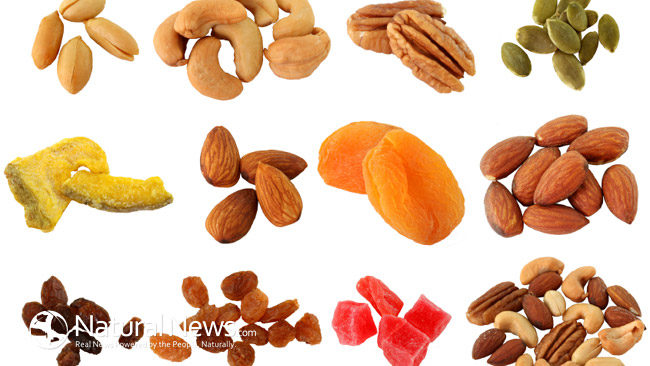Dehydrating Fruits at Home
Dehydrating at home is becoming an art and a great way to harvest an abundance of fresh seasonal fruits or vegetables to savor into the long winter months. Dehydrators are now available at very reasonable prices making this practice even more practical. Summer is a time for enjoying delicious fruits and vegetables that are not available year round. I love that when I buy summer produce at my farmers market, the food has comes freshly picked from a nearby farm. Seasonal foods are the tastiest as conditions are perfect for growing them at that particular time. We know that produce loses its nutrients once picked. That’s why it’s best to get it while it is super freshly picked. Fruit that is too ripe has a higher sugar content, and if it’s not ripe enough it doesn’t contain the same amounts of vitamins and minerals than foods picked in their prime.
Berries – Raspberries, blueberries and strawberries are at their peak during the summer. These super fruits are packed with antioxidants and Vitamin C, and are great for detoxing the entire body. Dehydrating these make for great additions to a dessert, yogurt or in granola.
Cherries – Cherries have more antioxidants and Vitamin C than almost any food on the planet.
Dehydrated Strawberries:
If you are new to dehydrating fruits at home then consider starting with strawberries. It is so simple you just slice and dry! They generally take about 6-8 hours. If your slicing isn’t uniform simply watch to see if some are ready to take out a little sooner than others. Obviously the thicker you slice them the longer it will take them to dry.
Dehydrated Apples:
Wash your apples and use an apple-corer-peeler-slicer or peel, core and slice by hand. Experiment with the different apple varieties. It is good to soak the apples in lemon juice to prevent them from browning.
Sweet Cinnamon Apple Slices: Place apple slices in 1/2 cup lemon juice and 1 Tbs of agave nectar or honey. Place slices on the dehydrator trays and sprinkle with a dash of cinnamon.
Great Resource Guide: Doctor Prepper’s Making the Best of Basics
Combine Fruits to Save Time
Since fruits don’t have much of a permeating odor you can dehydrate different fruits at the same time. You should attempt to dry fruits of the same thickness so they will dry close to the same rate. All fruits dehydrate at 135 degrees F. You can start the first hour at 145F to get it started faster without killing any enzymes.
Related Blog: 12 Healing Properties of Lemons
Visit our Healthy Living Blog: 10 Top Health Secrets
Please share Dehydrating Fruits at Home





